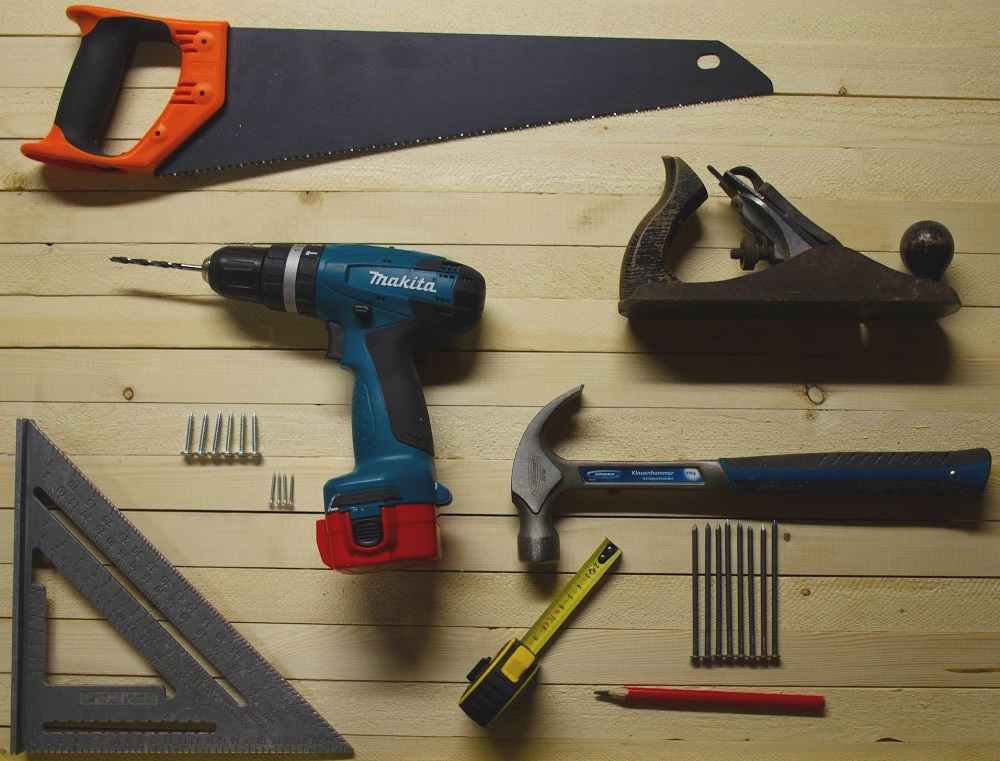This is basic risk assessment that is applicable for the use of hammer, screw drivers, knifes, hammers, snips, measuring tape etc.
Hazards may include:
- Hand Injury
- Face/Eye Injury
- Foot Injury
- Injury to other parts of the body
Control Measures
Selecting the right tool for the job minimizes the risk of having an accident.
Avoid using hand tools with your wrist bent. Select tools that allow the wrist to stay straight.
Ensure you understand how to use the tool.
Keep tools in good condition. Use good quality tools and inspect each tool before commencing work.
Insulated tools to be used when working with electricity.
Keep cutting tools sharp and cover sharp edges when not in use.
Craft knives must have a retractable blade.
Do not cut towards yourself when using cutting tools. Always cut away.
Replace cracked, broken handles on files, hammers, screwdrivers etc.
Replace worn jaws on pliers, pipe tools etc.
Carry tools in a sturdy tool box to and from the site.
Do not carry a sharp tool in your pocket.
Do not carry tools in a way that interferes with using both hands on a ladder or when doing any hazardous work.
If working on a ladder or scaffold, tools should be raised and lowered using a bucket and hand line.
Wear the appropriate PPE, tight fitted cut resistant gloves, safety glasses or goggles.
Clean as you go to avoid the build up of materials which may lead to accidents.
Do not use tools that are not right for the job e.g. do not use screwdrivers as chisels.
Do not apply excessive force on any hand tool.
Do not throw tools. Hand them directly to other workers.
Discover more from Project Management 123
Subscribe to get the latest posts sent to your email.